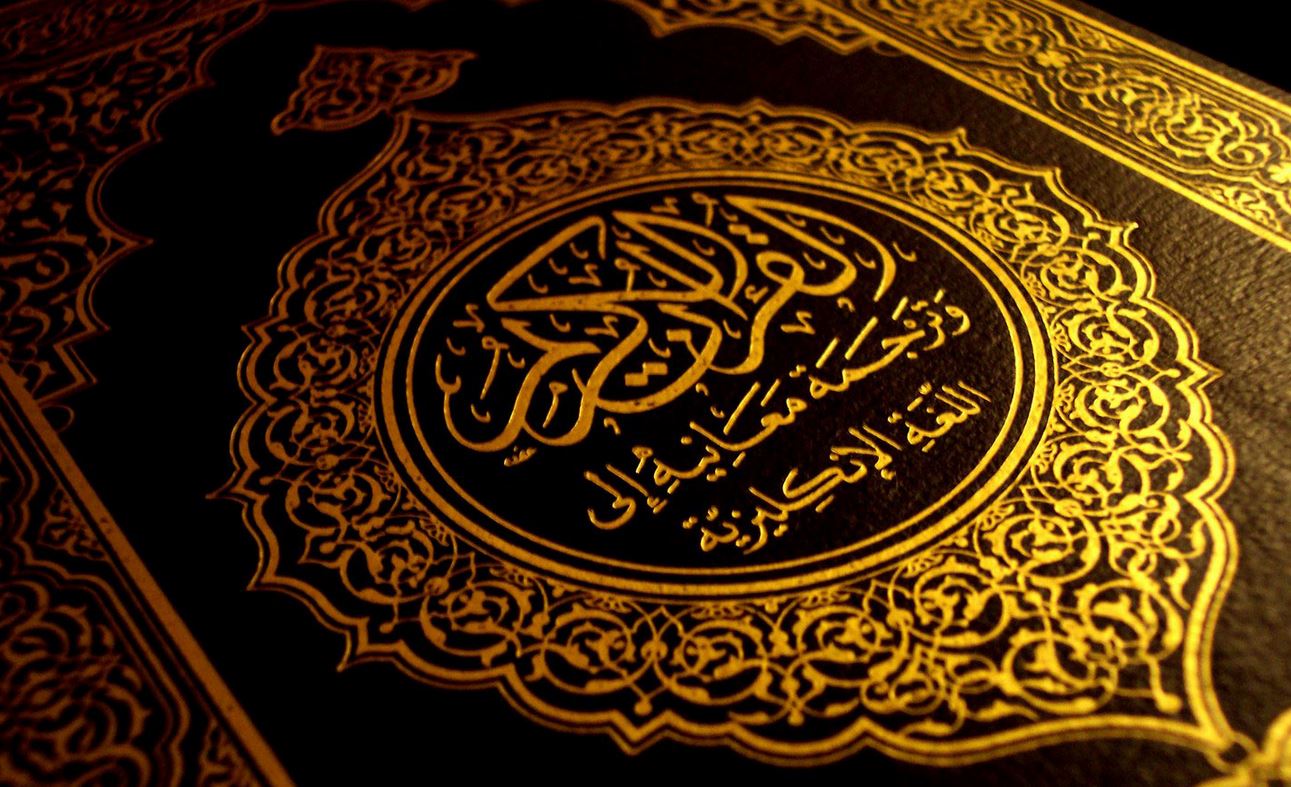Somewhere in the back of our minds, we vaguely know that the Qur’an has been preserved impeccably, to a level unparalleled by any other scripture. However, many Muslim men don’t know the exact process by which we have the Qur’an today. In this post, I’ll give a brief overview about the compilation of the Qur’an.
First, you have to realize that the Qur’an was (and still is) primarily preserved through recitation. Many sahabah knew it by heart since that was the way it was primarily preserved. Now, when I say know it by heart, I mean can recite it from the beginning to the end, word for word, letter for letter. (HBO did a documentary entitled Koran by Heart[ about three little kids competing in a memorization competition). Now, although it was primarily preserved through memory, the entire Qur’an was written down by various sahabah on bits of parchment, leather, and bone (this is before the introduction of paper, that’ll come to the Muslim world during the Abbasid rule). The numbers vary about how many scribes there were (as far as I know, no one scribe wrote the entire Qur’an) but they range from around a dozen to close to 50.
Now, this was all during the lifetime of the Prophet (saws). At his death, these fragments were all lying around but no one had compiled them into one manuscript. The reason behind this was that the Qur’an is not a chronological narrative like the Bible. Each verse and chapter was individually placed, often times not in chronological order. For example, the last verse to be put in the Qur’an is not at the end, it’s actually about 1/12 of the way in from the beginning. Any manuscript would keep needing to be rearranged up until the Prophet (saws)’s death. At his death, there was no movement to compile all the fragments into an individual manuscript because no one saw the need to (remember, there are many people who have it memorized, they’ll teach it to others and so on).
Skip forward towards the end of the Ridda Wars (only a few months after the Prophet (saws)’s death) and at the battle of Yamamah, over 300 soldiers who had memorized the Qur’an die. At this point, a key figure begins lobbying the khalifah, Abu Bakr (ra), to compile the written fragments of the Qur’an into a single, official manuscript. The man’s is none other than ‘Umar ibn al-Khattab and in two years, he would succeed Abu Bakr (ra) as caliph. Long story short, Abu Bakr is hesitant at first but eventually agrees and appoints a sahabi named Zaid ibn Thabit to oversee the compilation.
Zaid is, like Abu Bakr and Umar, someone who has memorized the entire Qur’an. With the authority of the khalifah, an announcement is made that anyone who has a written fragment of the Qur’an should bring it to him. Each person who has it needs to bring two witnesses that can testify that they saw the person write it down in the presence of the Prophet (saws). Then, using his memory as a framework, he compiles the fragments into the first manuscript of the Qur’an. He then runs this completed manuscript by Umar (who, remember, was also a hafidh) and this manuscript becomes known as the “Um”, i.e. the mother copy.
This master copy was kept with Abu Bakr. After his death, it went to the next khalifah, Umar. After his death, since he did not appoint a successor, the copy was given to his daughter, Hafsa (yet another person who had memorized the Qur’an in its entirety).
Since this is getting long, I’m not going to get into the ahruf and variant recitations but to condense considerably, Umar (ra)’s successor, Uthman ibn Affan (ra), became aware of a problem with new converts to Islam. Since they were predominantly non-Arab, they did not understand the Arabic enough to know that the variant recitations were different pronunciations and synonyms, nothing that would affect the meaning. In order to prevent discord, he recalls the “Um” from Hafsa, standardizes a new manuscript based on the recitation of the Qur’aish, makes several copies of this to be sent out to the major cities, and orders all other manuscripts with the variant recitations to be burnt.
Bit of a tangent here, but it needs to be stated. Burning books in the Islamic world had a very different connotation than it did elsewhere. Books weren’t burned to suppress opinion or because they were evil/had bad ideas. Books were burnt as a sign of respect, i.e. they were considered too valuable to simply throw away. Medieval books of Islamic law detail appropriate ways to get rid of tattered copies of the Qur’an. The options were to either burn them, dig a hole and bury them, or dip them in water until the ink washes off, then throw away the paper.
For the most part, the written history of the origin of the Qur’an ends there. Later on, as the Arabic script evolves, diacritical marks would be added and different styles of script become more commonly used. However, all Qur’an in existence can trace their origin back directly to the manuscript of Uthman and therefore, all Qur’an are words for word identical today.
A very good book on this subject can be found here . The author examines both the traditional Islamic view as well as the orientalist view in a very concise book. It should be available at your university library and i’m sure there are pdf’s lying around the internet.


Leave a Reply